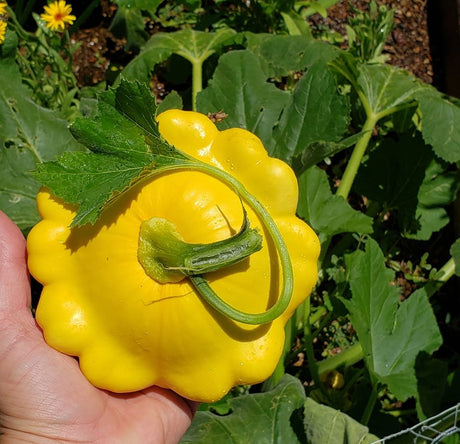
Growing & Harvesting Patty Pan Squash
Patty Pan Squash, also called Scallop Squash, is a mild flavored summer squash. This beautiful squash is small, scalloped and round making it a fun addition to any garden. YELLOW...
Mary Smith |
Welcome to our store Learn more

Patty Pan Squash, also called Scallop Squash, is a mild flavored summer squash. This beautiful squash is small, scalloped and round making it a fun addition to any garden. YELLOW...
Mary Smith |

SQUASH is a favorite among backyard vegetable gardeners. It's easy to grow and usually produces more than enough to eat with plenty left over to share. Last year we had...
Mary Smith |
Over 1,000 varieties of Heirloom Seeds
Free Shipping on Qualifying orders of $20 or more
Planting guides to help you grow a successful garden